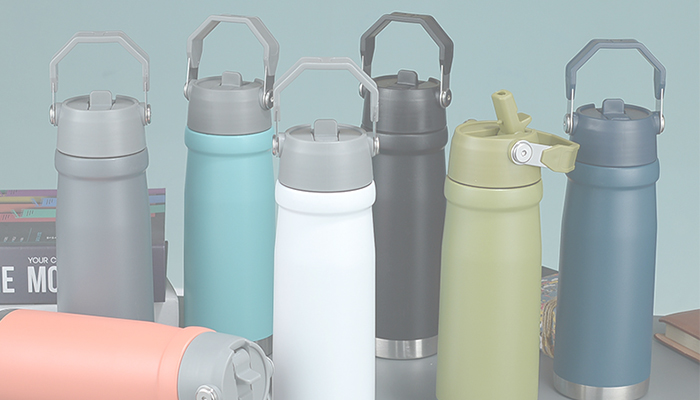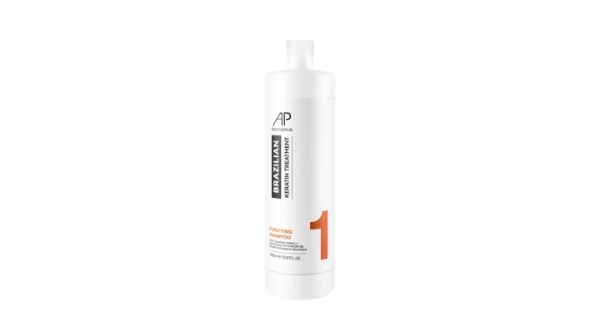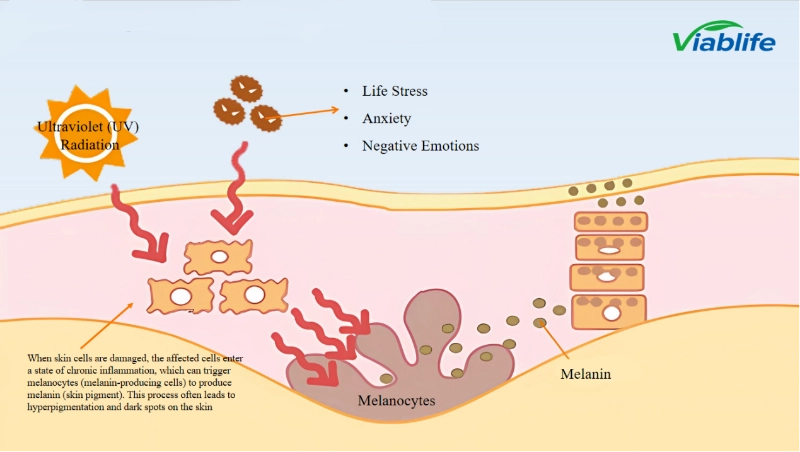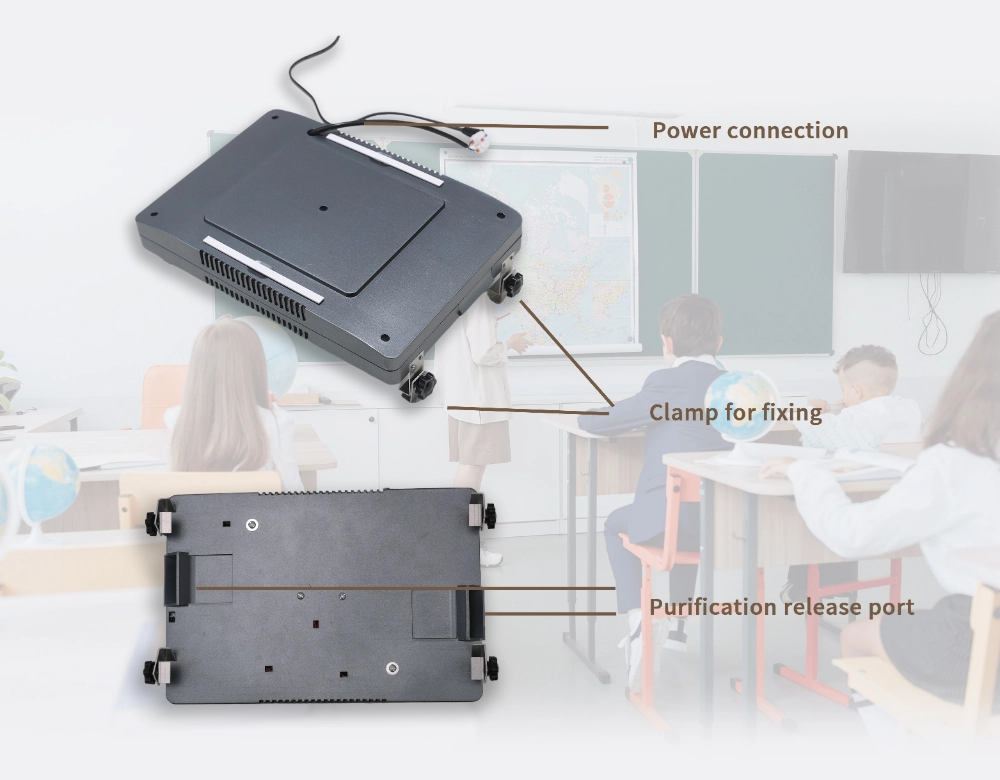Understanding the Need for Plasma Air Purifiers in Pet Environments
For many pet owners, maintaining a fresh indoor environment can be a daily struggle. Animal odors, dander, and hair often linger in the air and attach to furniture, carpets, and clothing. Conventional air purifiers equipped with basic HEPA filters may trap dust and fur, but they rarely neutralize odor-causing molecules effectively. This is where plasma air purifiers for animal smell step in, offering a technological leap in indoor air purification through advanced ionization and reactive oxygen species.
Unlike traditional systems that merely filter, plasma air purifiers actively transform odor molecules. They use plasma-generated ions to break down volatile organic compounds (VOCs) and ammonia — the main sources of pet-related odors. The result is not just cleaner air, but a fundamentally fresher living space. In this blog post, RUIAIR, a small portable air purifier manufacturing factory, will share the necessity of plasma air purifier for animal smell, its technical principle, etc.
Technical Principle of Plasma Air Purifier for Animal Smell
To understand how a plasma air purifier for animal odor works, it’s essential to look at the science behind it. Plasma technology creates a field of positive and negative ions that interact with airborne contaminants. When these ions meet odor molecules from pets — such as nitrogen compounds in urine or sulfur-based gases — they initiate a chemical reaction that neutralizes these substances at a molecular level.
This process differs from masking odors with fragrances or absorbing them into filters. Instead, plasma purification decomposes the source of the smell. The same ions also help to inactivate bacteria and viruses that thrive in animal environments, reducing the risk of cross-contamination between humans and pets.
In essence, the plasma system acts as a microscopic cleaning agent that operates continuously, ensuring that pet-friendly homes remain hygienic and odor-free without relying on heavy maintenance.
Plasma Air Purifier for Animal Smell vs. Conventional Air Cleaners
When comparing a plasma air cleaner for pet smell with conventional purification systems, the difference lies in the scope and depth of odor elimination.
-
HEPA filters excel at removing pet hair and large particulate matter but are largely ineffective against microscopic gases responsible for smell.
-
Activated carbon filters can absorb some odors but quickly reach saturation, requiring frequent replacements.
-
Plasma purifiers, on the other hand, continually regenerate ions, providing long-term deodorization without losing efficiency.
Another critical distinction is their performance in enclosed spaces such as veterinary clinics, pet grooming salons, and animal shelters. These environments face constant odor buildup from multiple animals, and plasma systems maintain a stable, odor-free atmosphere without chemical sprays or ozone-heavy devices. This makes plasma purifiers both practical and eco-friendly choices for professional pet environments.
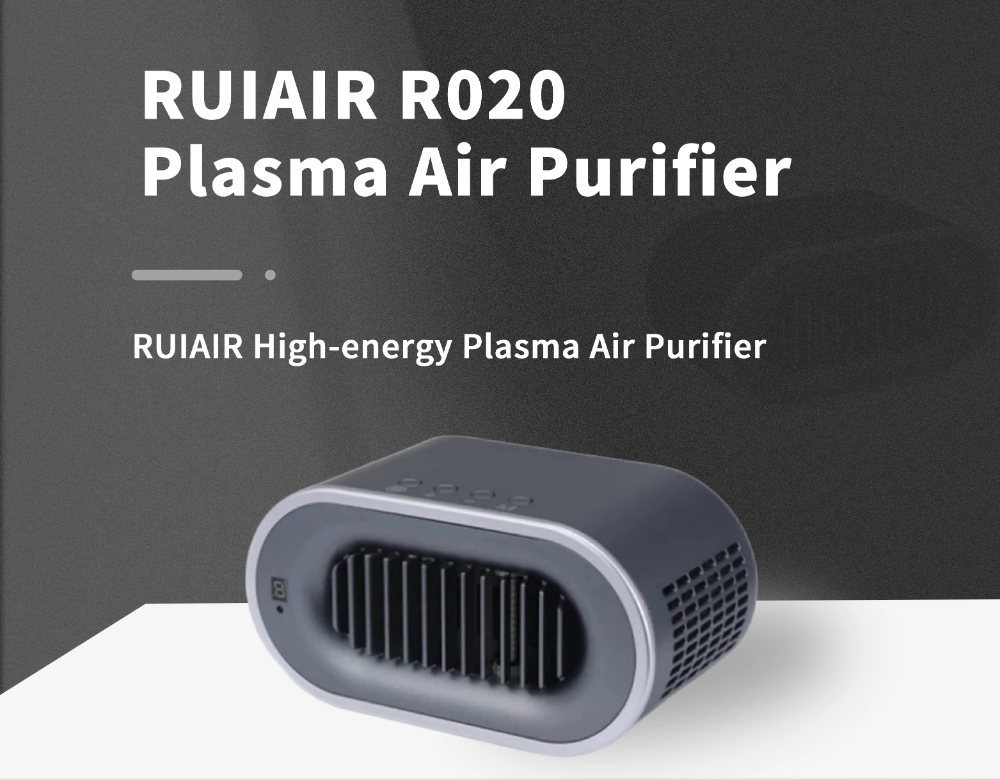
Applications of Plasma Air Purifiers in Animal Care Settings
The versatility of plasma air purifiers for animal smell control extends beyond household use.
In veterinary clinics, plasma technology plays a vital role in ensuring sanitary conditions by removing odor-producing bacteria from the air and reducing infection risks.
In pet boarding facilities, where multiple species are housed, plasma purifiers maintain an inviting and hygienic environment for both animals and staff.
Grooming centers benefit from their rapid deodorization capability, allowing continuous customer service without odor buildup between sessions.
Even in livestock or poultry operations, where ammonia and organic gases are prevalent, industrial-grade plasma air systems contribute to air quality improvement, reducing stress levels among animals and improving overall welfare.
Design Considerations for Choosing Plasma Air Purifier for Pets
Selecting the right plasma air purifier for pets requires attention to several performance parameters:
-
Ion generation efficiency: Higher ion output translates to faster neutralization of pet odors.
-
Coverage area: The purifier’s effective radius should match the room size or animal enclosure.
-
Noise level: Since pets can be sensitive to sound, quiet operation ensures minimal disturbance.
-
Safety certification: Reliable systems comply with ozone emission standards to ensure safe continuous use.
Some advanced models integrate multi-stage systems, combining plasma ionization with HEPA and activated carbon filters for comprehensive purification. Such hybrid devices not only address smell but also remove allergens, hair, and microorganisms — offering complete environmental improvement for pet owners and professionals alike.
Environmental and Health Benefits of Plasma Air Purification
Beyond odor control, plasma pet air purifiers contribute to a more sustainable and health-conscious lifestyle. They reduce the reliance on chemical deodorizers and aerosols that release secondary pollutants into the air. Plasma ions, generated from natural air molecules, leave no residue and require minimal maintenance.
Moreover, studies suggest that environments with cleaner air quality can positively influence pet health. Reduced airborne bacteria and allergens lessen respiratory stress for both humans and animals. This is particularly beneficial for households with children, elderly individuals, or allergy sufferers living alongside pets.
By integrating plasma purification technology, pet owners embrace an eco-efficient solution that harmonizes hygiene, comfort, and environmental responsibility.
Future Outlook: Plasma Air Purifiers Redefining Pet-Friendly Living Spaces
The global pet care industry is evolving rapidly, and plasma air purifiers for pet odor removal are at the forefront of this transformation. As awareness of indoor air quality grows, more consumers are turning toward intelligent purification systems capable of tackling the complex chemical makeup of pet smells.
Emerging trends such as smart plasma purifiers — equipped with air quality sensors, app control, and adaptive ion release — are redefining convenience in odor management. In the near future, integration with home automation systems will make plasma purification a seamless part of every pet owner’s lifestyle.
Conclusion
A plasma air purifier for animal smell is more than a luxury; it’s a scientific solution to a long-standing problem in pet care. By targeting odor molecules at their source and maintaining clean, breathable air, plasma purification promotes both human comfort and animal well-being.
Whether in homes, clinics, or animal shelters, plasma technology is reshaping how we coexist with our pets — creating spaces that are not only odor-free but also healthier, calmer, and more sustainable.
www.sh-ruiair.com
RUIAIR
